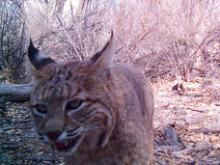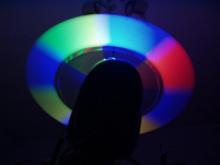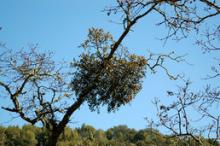The Woods Are Full Of Cameras
It sounds like the worst sort of paranoid fear-mongering, but it's completely true. If you go out into the woods in America, the probability is very high that your picture will be taken at least once, by either a trap cam or a stealth video camera.
In 2008, Slate reported that "at any given time, there may be about 10,000 [camera traps] deployed in research projects." And as Slate notes, "that's just the tip of the iceberg" because as many as 300,000 trap cameras are sold every year, "mostly to hunters."
Even assuming that not all cameras end up being deployed (I'm sure at least some end up still in the box, gathering dust at the bottom of a closet), and that some cameras are destroyed every year (mechanical malfunction, being dropped, being trampled by a rhino, etc) that's still an awful lot of cameras.
In 2008, Slate reported that "at any given time, there may be about 10,000 [camera traps] deployed in research projects." And as Slate notes, "that's just the tip of the iceberg" because as many as 300,000 trap cameras are sold every year, "mostly to hunters."
Even assuming that not all cameras end up being deployed (I'm sure at least some end up still in the box, gathering dust at the bottom of a closet), and that some cameras are destroyed every year (mechanical malfunction, being dropped, being trampled by a rhino, etc) that's still an awful lot of cameras.











